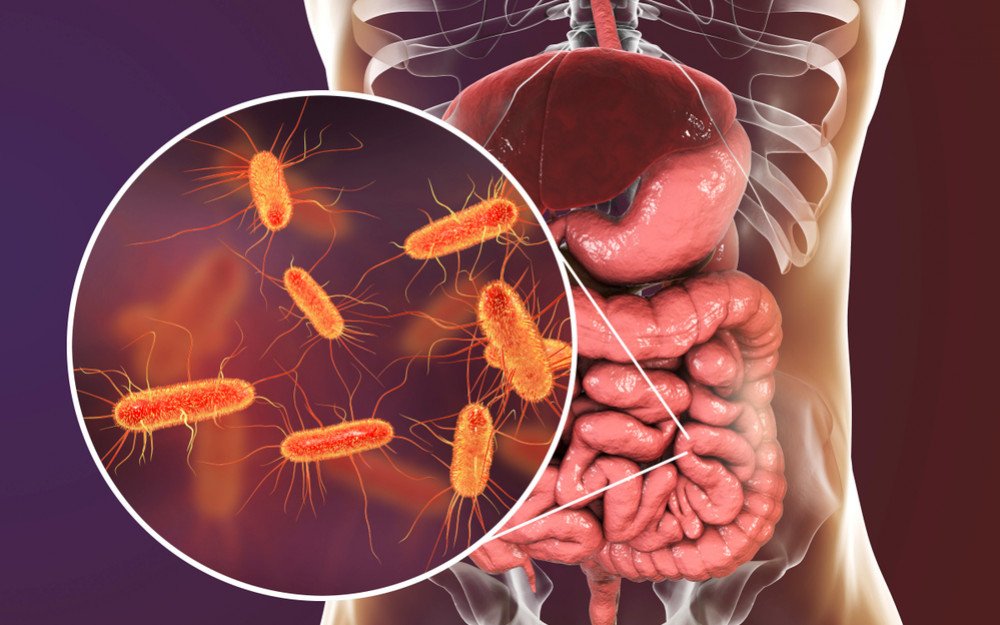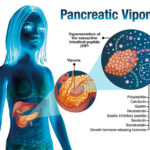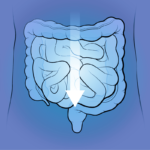Diarrhea due to e. coli (E. coli) is a bacterium found in the intestines of humans and animals. While most strains are harmless, some pathogenic variants can cause severe gastrointestinal illnesses, particularly diarrhea. These infections often result from consuming contaminated food or water, leading to significant public health concerns worldwide.

Pathogenic Strains of E. coli Responsible for Diarrhea
Several strains of E. coli can cause diarrheal disease, each with distinct pathogenic mechanisms:
1. Enterotoxigenic E. coli (ETEC)
- Common cause of traveler’s diarrhea and infant diarrhea in developing regions.
- Produces heat-labile (LT) and heat-stable (ST) enterotoxins, leading to profuse watery diarrhea.
- Transmitted through contaminated food and water.
2. Enteropathogenic E. coli (EPEC)
- A major cause of diarrhea in infants and young children.
- Adheres to intestinal cells, disrupting the gut lining and causing persistent watery diarrhea.
- Typically spreads via contaminated food, water, or direct contact.
3. Enterohemorrhagic E. coli (EHEC) / Shiga Toxin-Producing E. coli (STEC)
- Includes the dangerous strain E. coli O157:H7.
- Produces Shiga toxin, which can lead to severe symptoms like bloody diarrhea and hemolytic uremic syndrome (HUS).
- Commonly associated with undercooked meat, unpasteurized dairy, and contaminated produce.
4. Enteroinvasive E. coli (EIEC)
- Invades intestinal cells, causing an illness similar to dysentery.
- Symptoms include bloody diarrhea, abdominal cramps, and fever.
- Spread through contaminated food and poor sanitation.
5. Enteroaggregative E. coli (EAEC)
- Causes persistent diarrhea in children and immunocompromised individuals.
- Forms biofilms on the intestinal lining, leading to chronic watery diarrhea.
- Associated with contaminated food and poor hygiene.
Symptoms of E. coli-Induced Diarrhea
The clinical presentation varies depending on the strain but generally includes:
- Watery diarrhea (ETEC, EPEC, EAEC)
- Bloody diarrhea (EHEC, EIEC)
- Severe abdominal cramps
- Nausea and vomiting
- Fever and chills
- Dehydration (dry mouth, decreased urine output)
- Hemolytic Uremic Syndrome (HUS) in severe cases, causing kidney failure (EHEC/STEC)
Diagnosis of E. coli Infections
To confirm an E. coli-related diarrheal illness, medical professionals may use:
- Stool Culture – Identifies the presence of pathogenic E. coli.
- PCR Testing – Detects specific toxin genes (e.g., Shiga toxin in STEC).
- Blood Tests – Used in severe cases to monitor kidney function and complications like HUS.
Treatment Options
Management of E. coli-induced diarrhea focuses on symptom relief and preventing complications:
1. Hydration Therapy
- Oral Rehydration Solution (ORS): Essential for replenishing lost fluids and electrolytes.
- IV Fluids: Required in severe dehydration cases.
2. Medications
- Antibiotics: Generally avoided for STEC/EHEC due to increased risk of HUS. Used in severe cases of EIEC or ETEC under medical supervision.
- Antidiarrheal Agents (e.g., Loperamide): May be used for mild cases but avoided in bloody diarrhea to prevent toxin retention.
3. Supportive Care
- Rest and a bland diet (BRAT diet: Bananas, Rice, Applesauce, Toast).
- Probiotics to restore gut flora.
Prevention Strategies
Reducing the risk of E. coli infection requires proper hygiene and food safety measures:
1. Food Safety Practices
- Cook meat to internal temperatures of at least 160°F (71°C).
- Avoid unpasteurized milk, dairy, and juices.
- Wash fruits and vegetables thoroughly.
2. Water & Hygiene Measures
- Drink only purified or bottled water, especially while traveling.
- Wash hands with soap after using the restroom and before handling food.
3. Travel Precautions
- Avoid raw foods in high-risk areas.
- Use bottled or boiled water for drinking and brushing teeth.

